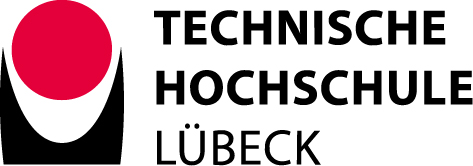Information such as the battery state-of-charge or the remaining range of the EV, that the owner of the car knows when he leaves the EV is not currently available to a IEC 62196 compliant mode 3 charging station using type 2 plugs. Right now a charging station only delivers the power to the electric vehicle (EV) and is able to force the EV to reduce the charge current if not enough power for charging can be supplied. It is the battery management system inside the EV that finally decides to stop the charging process when the battery is full. Additionally it is the EV which has exact information about the instantaneous current drawn during the charging process, the charge station can only put a maximum limit to the current, but not dictate an exact value to the EV. With the help of IO-Dynamics it is now possible to deliver car internal information to the charging station. Based on a module which is installed inside the car the charge station gets to know the state-of-charge of the battery and the instantaneous charge current. This information is fed to the intelligent load management, that was developed as part of the carpeDIEM project.
With this information it is now possible to more accurately distribute available energy to EVs, which charge simultaneously at a cluster of charging stations. Further based on the battery charge level, charging of vehicles with low battery state-of-charge can be prioritised, or charging can be scheduled such that a specific state-of-charge is reached at a specific point in time. Further the EV charging can be scheduled such that the utilization of local renewable energy resources is maximized.
While IO-Dynamics provides the required data from the vehicle, the FLEXeCHARGE charge controller inside the charging station runs the load management system. A charge controller is the main control component in every IEC 62196 compliant mode 3 charging station using type 2 plugs. It is responsible to detect if an EV is connected to a charging station and if it is ready to charge. Finally it will set a maximum allowed charge current for the EV and enable power supply to the EV such that the EV can start charging.
With FLEXeCHARGE charge controllers, the load management system is embedded in every charge stations’ charge controller. Based on state-of-the-art Internet-of-things (IoT) technologies, every FLEXeCHARGE charge controller is able to communicate with other FLEXeCHARGE controllers, in order to coordinate the charging of connected electric vehicles between several charging stations.
During the coordination (load management) process, the FLEXeCHARGE controller is now able to access information from inside the EV, which is provided by the IO-Dynamics module inside the EV. Based on the instantaneous charge current more precise distribution of available energy and therefore more efficient charging of EVs is possible. Further based on the state-of-charge information the charging of the EV can be scheduled to be finished at a predetermined time and charging can be scheduled such that renewable energy resources or cheap tariffs are preferred.
A live demonstration of that system at the Grünstrom Event attracted visitors and they were able to get an impression of the performance of intelligent load management systems for EV charging. Our experts at the stand were available to answer questions about intelligent energy management, maximization of the utilization of local energy resources and intelligent EV charging.





